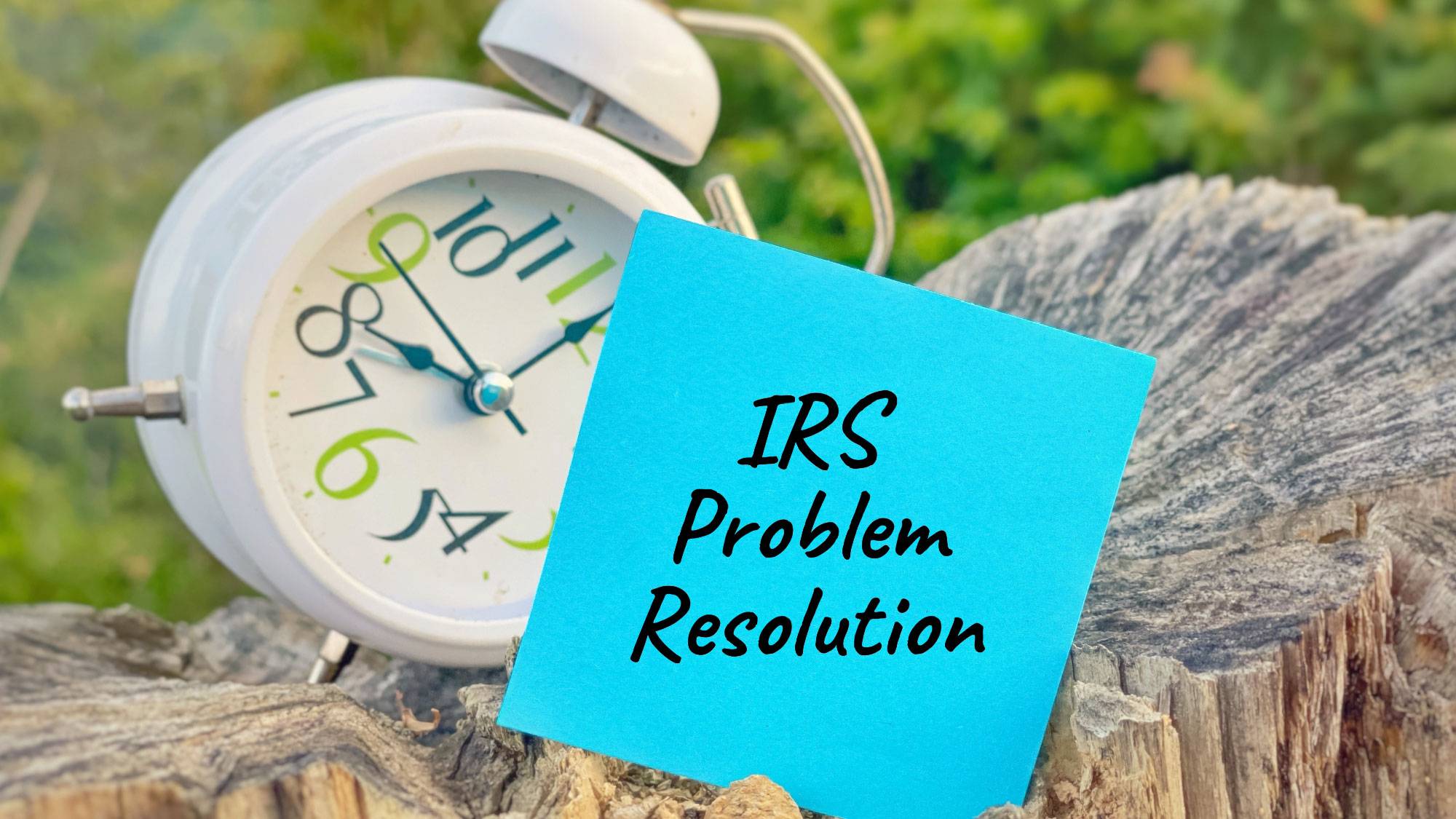Self-Study
A Guide to Tax Resolution: Solving IRS Problems
Practical IRS tax resolution methods including payment plans, Offers in Compromise, and lien removal strategies to better serve clients with tax debts.

$203.00 – $233.00
Webcasts are available for viewing Monday – Saturday, 8am – 8pm ET.
Without FlexCast, you must start with enough time to finish. (1 Hr/Credit)
Please fill out the form below and we will reach out as soon as possible.
CPE Credits
7 Credits: Taxes
Course Level
Overview
Format
Self-Study
Course Description
The IRS, one of the world’s largest tax administrators, collected about $4.7 trillion in taxes from 275 million annual returns in FY 2023. However, with an estimated $574 billion in back taxes uncollected in 2023, the IRS, also the world’s largest collection agency, actively seeks payment of tax debts. The IRS can collect back taxes for 10 years from the date of assessment. To collect delinquent tax debt, the IRS may take a series of actions, such as filing a Notice of Federal Tax Lien, levying assets (e.g. wages, bank accounts), and offsetting federal tax refunds, unless taxpayers make arrangements to settle their debt. Tax resolution is the process of developing and implementing a solution to solve a taxpayer’s IRS problem.
Since every tax situation is unique, this course is designed to help you understand several methods used by tax professionals to resolve tax disputes with the IRS and reduce tax liabilities allowed by law. A Guide to Tax Resolution: Solving IRS Problems is divided into five parts. Part I identifies taxpayers’ rights and responsibilities under the law. This tax resolution course discusses the role of taxpayers and the “Taxpayer Bill of Rights” by describing what taxpayers can expect if they need to work with the IRS. Part II explores practical options, such as payment plans, Offers in Compromise, and delay collection request, for taxpayers who cannot pay in full immediately. This tax resolution CPE course also identifies common reasons the IRS might consider penalty abatement. The statute of limitations on a tax debt is explained.
Part III focuses on IRS collection actions. It explains how the IRS determines taxpayers’ ability to pay delinquent tax liabilities. It also covers everything taxpayers need to know about lien and levies from the IRS filing criteria, procedures, consequences, and how to remove them. Part IV addresses the IRS long-term payment plan (Installment Agreement) by explaining different payment options, ways to apply, and how to deal with defaulted payment plans. Part V discusses how to settle taxes with Offers in Compromise by explaining submission rules, how to prepare a Collection Information Statement, and the IRS evaluation process. The course includes many examples to help you understand tax rules and procedures.
Learning Objectives
Upon successful completion of this course, participants will be able to:
- Identify tax responsibilities and taxpayer rights
- Recognize IRS obligations to protect the Taxpayer Bill of Rights
- Identify criteria for taxpayer assistance from the Taxpayer Advocate Service
- Recognize how the Taxpayer Advocate Service exercises its statutory authorities
- Recognize the IRS Temporarily Delay the Collection Process
- Identify requirements for IRS Currently Non-Collectible Status
- Recognize the innocent spouse rule
- Recognize the effect of bankruptcy on taxes
- Identify IRS penalty abatement criteria
- Recognize the time the IRS can assess and collect taxes
- Identify the IRS process for determining taxpayers’ ability to pay
- Recognize different ways to get federal lien releases
- Identify the IRS tax levy policies and procedures
- Recognize the right to appeal an IRS decision
- Identify different types of IRS payment plans and the terms of agreements
- Recognize the consequence of noncompliance with the terms of agreements
- Identify types of IRS Offer in Compromise
- Recognize conditions required for an IRS to accept a compromise
- Identify terms and conditions of the acceptance agreement
- Recognize key factors used by the IRS to determine taxpayers’ ability to pay
Course Specifics
825421679
February 12, 2025
There are no prerequisites.
None
173
Compliance Information
IRS Provider Number: 0MYXB
IRS Course Number: 0MYXB-T-02694-25-S
IRS Federal Tax Law Credits: 7
CTEC Course Number: 2071-CE-2135
CTEC Federal Tax Law Credits: 7
CFP Notice: Not all courses that qualify for CFP® credit are registered by Western CPE. If a course does not have a CFP registration number in the compliance section, the continuing education will need to be individually reported with the CFP Board. For more information on the reporting process, required documentation, processing fee, etc., contact the CFP Board. CFP Professionals must take each course in it’s entirety, the CFP Board DOES NOT accept partial credits for courses.
CTEC Notice: California Tax Education Council DOES NOT allow partial credit, course must be taken in entirety. Western CPE has been approved by the California Tax Education Council to offer continuing education courses that count as credit towards the annual “continuing education” requirement imposed by the State of California for CTEC Registered Tax Preparers. A listing of additional requirements to register as a tax preparer may be obtained by contacting CTEC at P.O. Box 2890, Sacramento, CA, 95812-2890, by phone toll-free at (877) 850-2832, or on the Internet at www.ctec.org.
Meet The Experts

For many years, Delta CPE LLC has offered a wide variety of continuing education courses for financial professionals. Topics covered by Delta’s courses include accounting, financial management, budgeting, investments, financial statement reporting, business management, IFRS, ethics, valuations, real estate, and business writing. The diversity and breadth of Delta’s course offerings make the company a prolific and unique contributor to the CPE world. Delta’s well-credentialed authors and contributors have also been published in numerous academic and professional journals and quoted by some of the leading financial media outlets.



